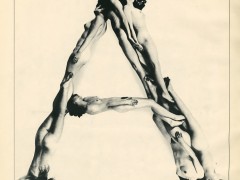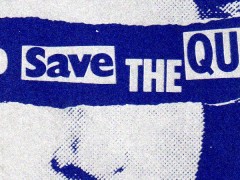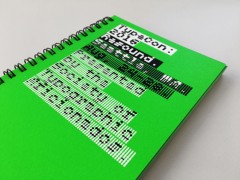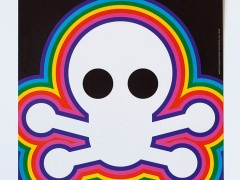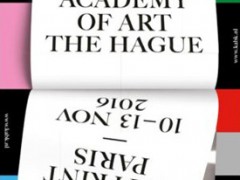From the land of cherry blossoms: a guide to the bold Japanese magazines we love
Japan’s print culture goes back hundreds of years and “that won’t change soon” says Tsutomu Ishizaki to Monocle’s Fiona Wilson.
“It might look like Japanese magazines are behind on the digital front but that’s partly because the people involved in the print business here take it very seriously and want to do it properly. Of course, if someone can create a model that makes money out of digital then more people will shift there but we’d never give up on print” adds the man in the know -after all Ishizaki is in charge of the Japanese lifestyle and fashion publisher Magazine House and he is also chairman of the Japan Magazine Publishers Association.
Mixing pop color schemes with oddball illustration and a lot of accomplished typography are few of the many elements that differ Japanese magazines from any other.
Even though we do not understand what those printed words actually mean, language barrier is seldom the case for Tokyo’s publications such as Brutus or Popeye, not to mention IDEA: International Graphic Art and Typography -undoubtedly one of the most beautifully designed and comprehensively edited graphic design magazines in the world.
These magazines are designed in such a way that the typography and the pictures are actually worth the proverbial thousand words.

What separates Japanese publications from their western counterparts is a joyful obsession to identify every possible minute typographic detail, evolve and then publish it in beautifully designed heavy, thick paper.
Today a number of smaller publishing houses have allowed multiple niche designs to be explored page after page, though the general state of Japan’s publishing industry has taken a turn for the worse with too many consecutive years of declining sales. Below, Typeroom highlights four Japanese publications to know.
It is named Popeye or, as the founders insisted on the cover of the magazine when it debuted in 1976, the “Magazine for City Boys”. But, what’s a “city boy”? The term doesn’t appear in the dictionary and no expert panel could define it.
“So we felt we should explore every aspect of what this ‘city boy’ might be. After decades of debate, it still makes for a topic of lively discussion. It can be a style or a way of thinking” notes the team.
40 years later Popeye magazine is still relevant and today, under the guidance of Takahiro Kinoshita, 4 years after it’s major redesign - or renaissance of sorts - the magazine is a prominent power within men’s fashion monthlies from Japan. Recently Inventory magazine sat down with the editor to discuss Popeye and it’s everlasting youth that is evident to each and any page.
“We have no intention of deciding how old our readers should be” says Kinoshita. “One clear fact is that youth is the best time of your life, and that may be an important focus for Popeye”.

Launched in May 1980, Brutus is a Japanese magazine devoted to pop culture, lifestyles, and culture in Tokyo.
With a target audience of 20 to 50-year-old trend-conscious males and an eye for design, Brutus evolved and since 2000 another Brutus publication took Japan by storm. Casa Brutus is regarded one of the country’s foremost interior design and architecture publications and is dedicated to a trend-setting coverage of all things design, fashion and lifestyle.
With a three-decade pedigree Casa Brutus and Brutus are two of the most widely read magazines in Japan always setting new standards in magazine journalism and graphic design.

The first issue of “& Premium” magazine was published in November 2013 with a tag line “THE GUIDE TO A BETTER LIFE” under the logo on the cover.
From then on the magazine’s editorial team has done their best to create a magazine that helps its readers to lead a better life through articles about fashion, beauty, design, everyday items, food, travel and culture. Having a good rest, appreciating beauty, knowing more about products around you, trying to disclose the nature of things, putting more effort and doing something healthy are the things that matter to the editors and the readers of &P.
Maybe this is why it’s typographic elements are that simple, clear and cohesive, not shouting out but speaking in a soothing visual language the words that matter.

Even though health and fitness magazine Tarzan, which started in 1986, only started to make a profit in recent years it is one of Japan’s favorite titles.
With extensive illustrations and anime references, Tarzan is flexing its muscles with ease.

Tags/ magazines, print, japan, tsutomu ishizaki, tokyo, brutus, popeye, idea, takahiro kinoshita, casa brutus, tarzan




